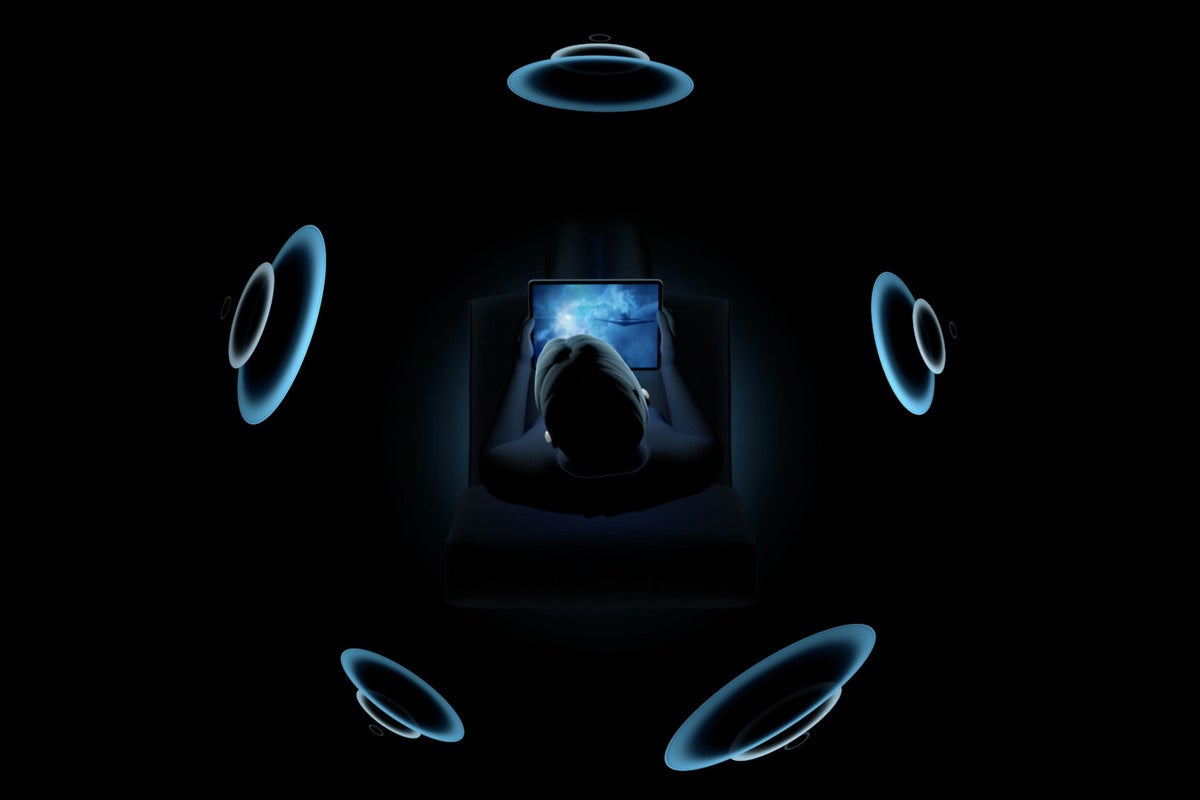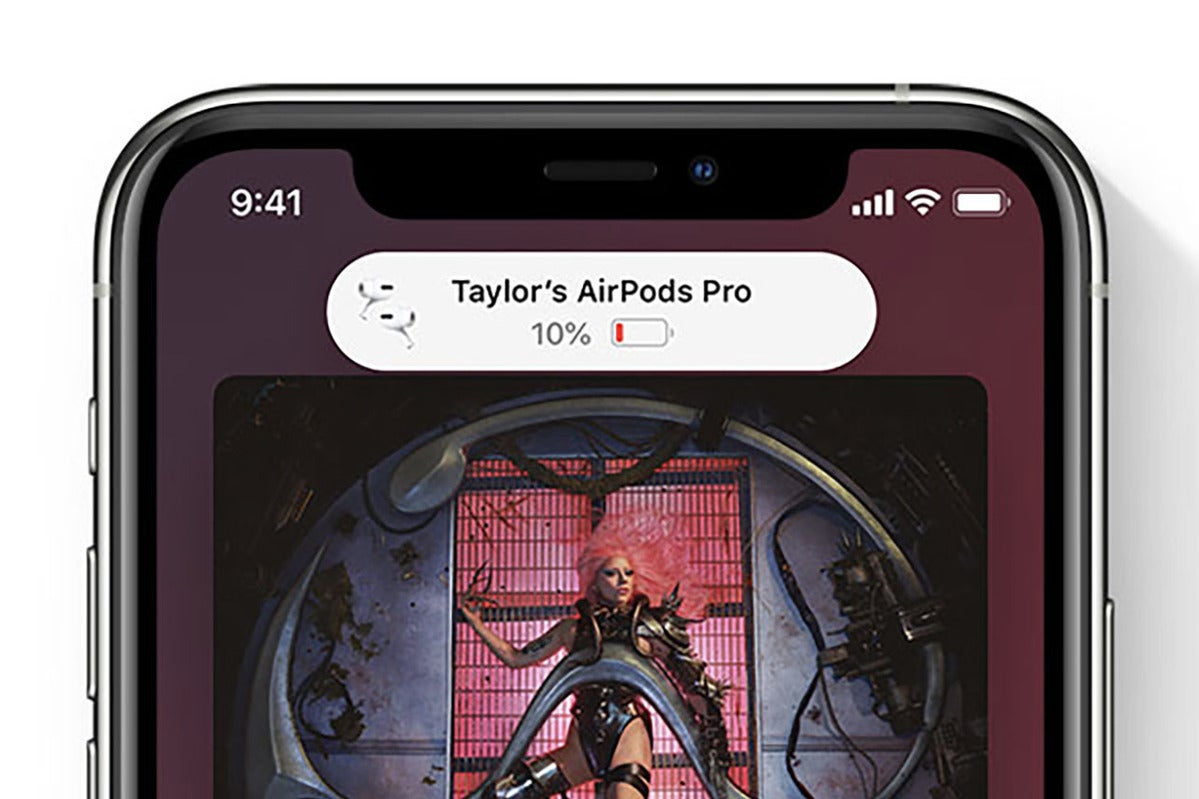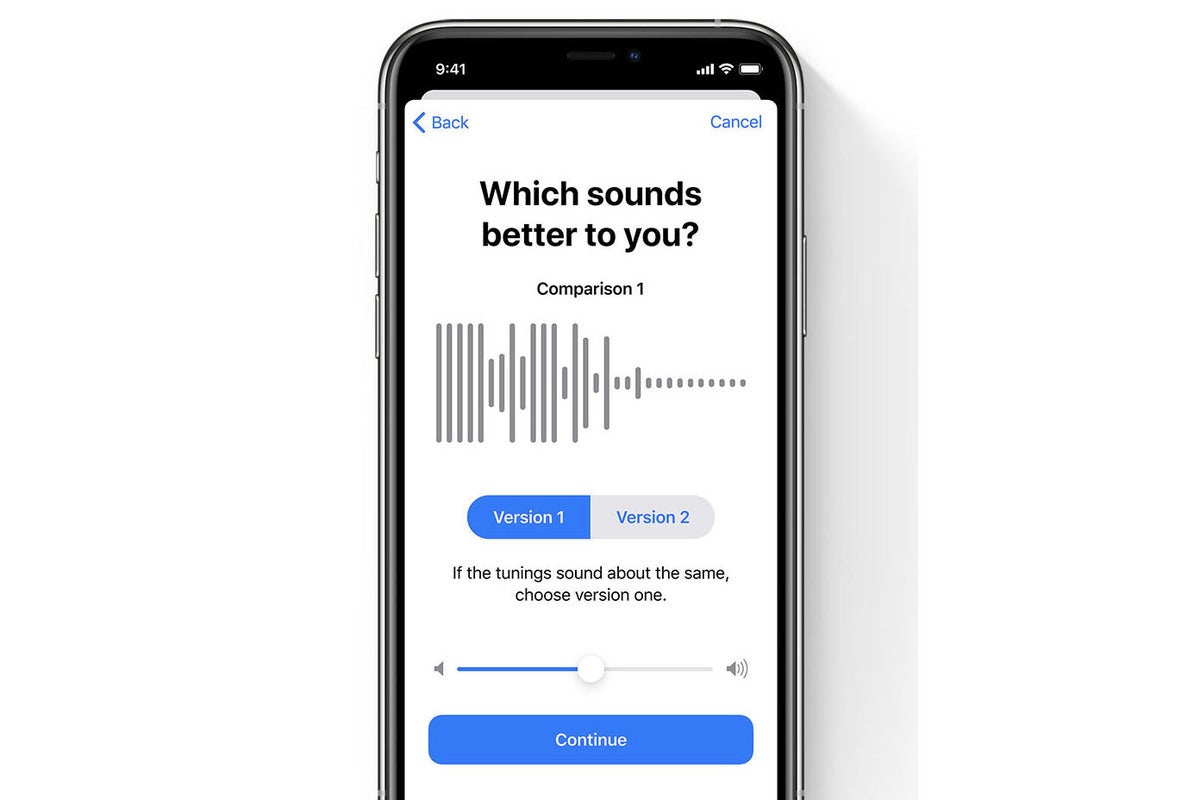Five ways iOS 14 makes your AirPods better
- 31 July, 2020 21:00

Software-based headphones are a double-edged sword. On the one hand, a software update can worsen an otherwise perfectly-functioning accessory—some AirPods Pro firmware updates have had users complain of reduced noise reduction or battery life issues. On the other hand, your accessory can get better over time with new features and improved functionality.
That’s exactly what’s happening with AirPods in iOS 14 (and Apple’s other fall operating system updates like macOS Big Sur, tvOS 14, and watchOS 7). If you own AirPods or AirPods Pro, you’ll find they work better with your other Apple gear. Here are the five big improvements coming this fall to the way AirPods work your other Apple products.
Automatic device switching
One of the nice things about AirPods is that they automatically sync with other Apple devices signed in to your Apple ID. Once you pair them with your iPhone, they’re automatically paired with your Mac, Apple TV, iPad, and so on.
But you still have to go to the Bluetooth settings or audio playback controls to switch to your AirPods, and that’s kind of a drag.
 Apple
Apple
Your Airpods will soon automatically and seamlessly switch between devices.
With iOS 14 and the other new operating systems coming this fall, your AirPods can automatically switch devices. Let’s say you’re listening to music on your iPhone with your AirPods, and then stop, and start playing a YouTube video on your MacBook. Your AirPods will automatically switch over to the MacBook output. Then if a phone call comes in on your iPhone, it’ll switch back to that device.
Spatial Audio for AirPods Pro
When you watch a movie or play a game with surround sound on your iPhone, you’ll be able to hear it in surround sound with your AirPods Pro. Your AirPods Pro will play back a virtual surround experience (similar to software like Dolby Atmos for Heaphones or DTS Headphone:X).
This is tricky in a mobile environment, because the sound needs to shift as you move your iPhone or turn your head. Apple actually compares the gyroscope and accelerometer data from your iPhone and AirPods Pro to turn the sound field as necessary, so it always sounds like “forward” is toward the screen.
 Apple
Apple
AirPods Pro get spatial audio that shifts as you move your head or device.
This feature is only for the AirPods Pro, however. If you have regular AirPods, you’ll just hear regular stereo.
Battery improvements
Starting with iOS 13, Apple added optimized battery charging to the iPhone and iPad. The same feature came to MacBooks in macOS Catalina 10.15.5. It’s a feature that learns the way you use your device and then doesn’t charge it all the way when it determines that a full charge won’t be needed. With iOS 14, this feature comes to AirPods.
Fully charging the lithium-ion batteries in your devices, and then leaving them at full charge (especially somewhere warm) will reduce the total lifespan of the batteries. So when you don’t need a full charge, it’s best not to have one.
Optimizing charging capacity to extend battery life isn’t the only new feature.
 Apple
Apple
It’s hard to believe it took this long to get proper low battery warning notifications on AirPods.
You’ll now get a nice little popup notification to warn you that your AirPods are nearly out of charge, so you won’t be surprised when the music stops playing or you suddenly can’t hear that Zoom conference call anymore.
Hearing health and accommodations
Buried in the Accessibility section of the Settings app is a new feature that will be useful for more than just those with hearing disabilities. Headphone Accommodations will let you boost soft sounds and tune audio response to make everything clearer. There’s even a “which of these two sounds better” custom setup function. I’m not hard of hearing, but I’m 46 and don’t have the ears of a young person anymore. I noticed an immediate and substantial improvement in the clarity and brightness of music after running through the Headphone Accommodations test with my AirPods Pro.
 Apple
Apple
You don’t have to be hard of hearing to appreciate the new Headphone Accomodations.
Apple is doing more to look out for your hearing health in iOS 14, too. A new Reduce Loud Sounds setting in the Sounds & Haptics menu will let you set a specific decibel, and your AirPods (or Beats) headphones will not exceed it. There’s a new Headphone Audio Levels section in the Health app so you can see your loudness history and protect your hearing health.
Motion API for developers
We told you how Apple is using the gyroscope and accelerometer data in AirPods Pro to make sure that the spatial audio sound continues to sound like it’s emanating from the direction of your device even when you turn your head. Developers will have access to an API (application programming interface) that gives them access to orientation, user acceleration, and rotational rates from AirPods Pro, just as they can for your iPhone or iPad.
This could be a big deal for fitness apps, which could use the motion of your AirPods Pro (perhaps in conjunction with Apple Watch) to track new movements or workouts. It’s easy to imagine, for example, a fitness app that automatically counts reps for activities where your head moves but your wrist barely does, like pull-ups or push-ups.
Data about your head motion from AirPods Pro could make for an interesting addition to gaming, too. Imagine a quiz app that can tell if you’re nodding yes or shaking your head no, or a game in which you play as a dog and gain enhanced hearing when you tilt your head to the side.
For all the great new things Apple is bringing to AirPods in its fall operating system updates, it is in giving greater access to developers that we might see the most interesting and creative new uses for them.





